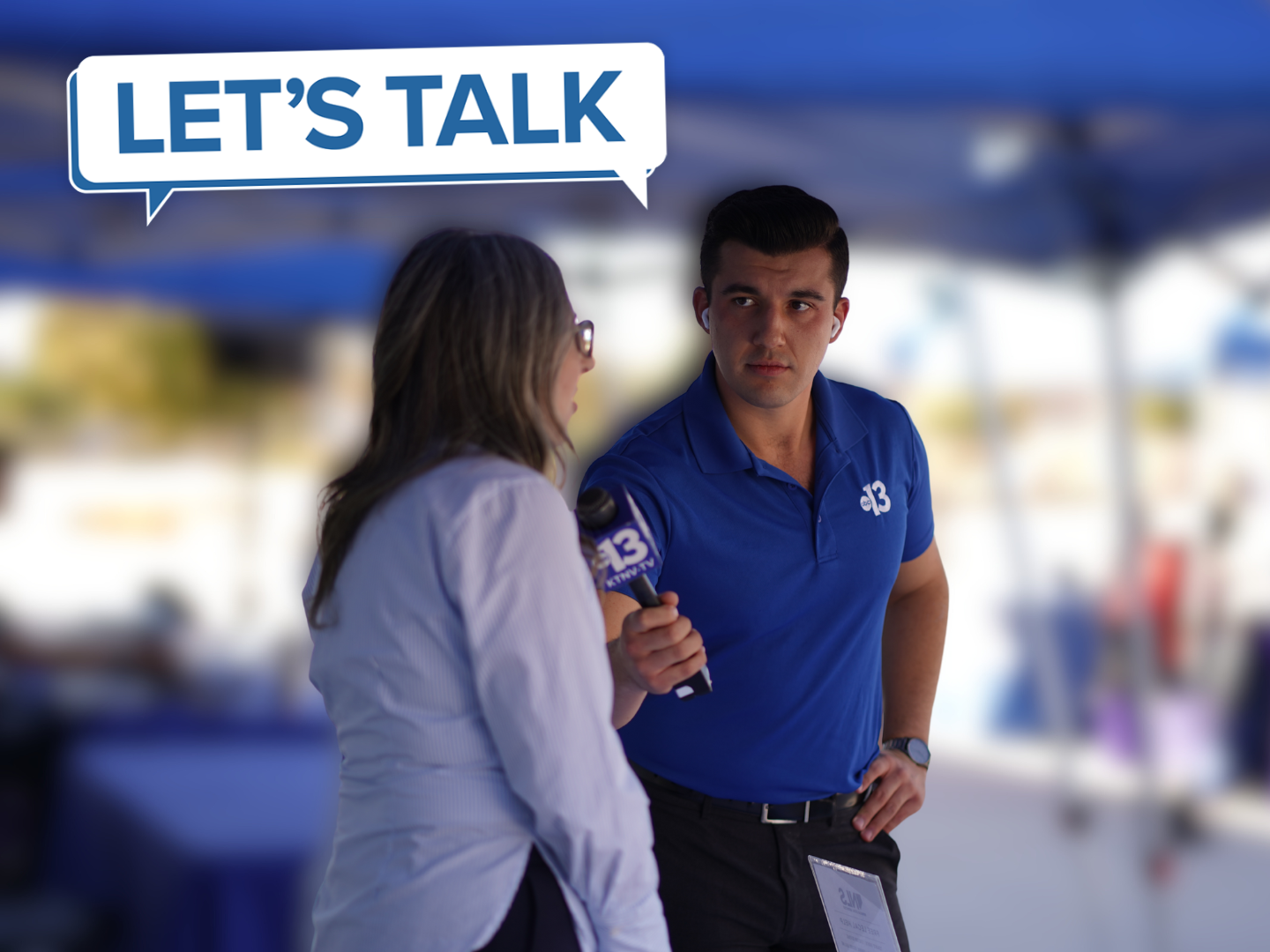LAS VEGAS (KTNV) — During the Civil Rights Movement of the 1950s and 1960s, uprisings and protests happened in urban areas across the country as Black Americans fought to end discrimination and racial segregation. During this time, residents in the Historic Westside of Las Vegas also joined that fight.
Although segregation in Las Vegas ended in 1960, UNLV Associate Professor of African-American and African Diaspora Studies Tyler Parry says that discrimination, racism and police brutality all contributed to tensions within the African-American community.
"If we’re talking about the general atmosphere or ambiance of Las Vegas by the 1960’s, it is largely African Americans being overtly mistreated and segregated in a similar function as happened in the Jim Crow South," Parry said. "One of the significant and most severe issues that many people have determined was occurring was significant police harassment and brutality."
WATCH: UNLV Associate Professor Tyler Parry explains the conditions in Las Vegas and society at large that led to the 1969 Historic Westside Uprising.
In October of 1969, tensions in the community boiled over after a traffic stop eventually led to the arrest of two, young African-American men. The incident was the catalyst for what became known as the 1969 Historic Westside Uprising.

"There were a variety of things that happened, Molotov cocktails are thrown, rocks are thrown at police vehicles, some people are beaten up," Parry said. "There were two fatalities during the conflict, a number of people were injured."
The uprising lasted for three days and only ended after then-Mayor Oran Gragson met with some of the young people involved.
"Placing this from the perspective of the young people who lived there, they had done marches, they had done the peaceful sit-ins that had occurred, but very little had changed economically, very little had changed about police harassment. So this was a way to force city leaders to listen," Parry said. "It's not to say that everybody agreed with their tactics; a lot of people rejected violence as an act of protest. But when you speak to people, they would say that the sentiment was understandable."
Despite his extensive research on the event, Parry says there is still much to learn about the uprising and the community as a whole moving forward.
"One thing I hope is that it inspires people to reexamine Las Vegas’ history and what we assume this city to be," Parry said. "Is this just a place based upon tourism, casinos and gaming? Or is it a place that has a human history, a history where people had to resist, they had to protest, and they had to make demands for something better?"
WATCH | Parry admits that outside of those who are from the Historic Westside, not many Las Vegas natives know about the 1969 uprising and explains why he thinks that is.
You can learn more about the 1969 Historic Westside Uprising and the history leading up to and after the event at Parry's presentation on the topic.
It's happening Thursday, Feb. 6 from 6:30 to 7:30 p.m. at the Clark County Museum. You can find more information here.
WATCH | Parry explains how the 1969 Historic Westside Uprising is more than just a story in the history books and still remains relevant in present day.




